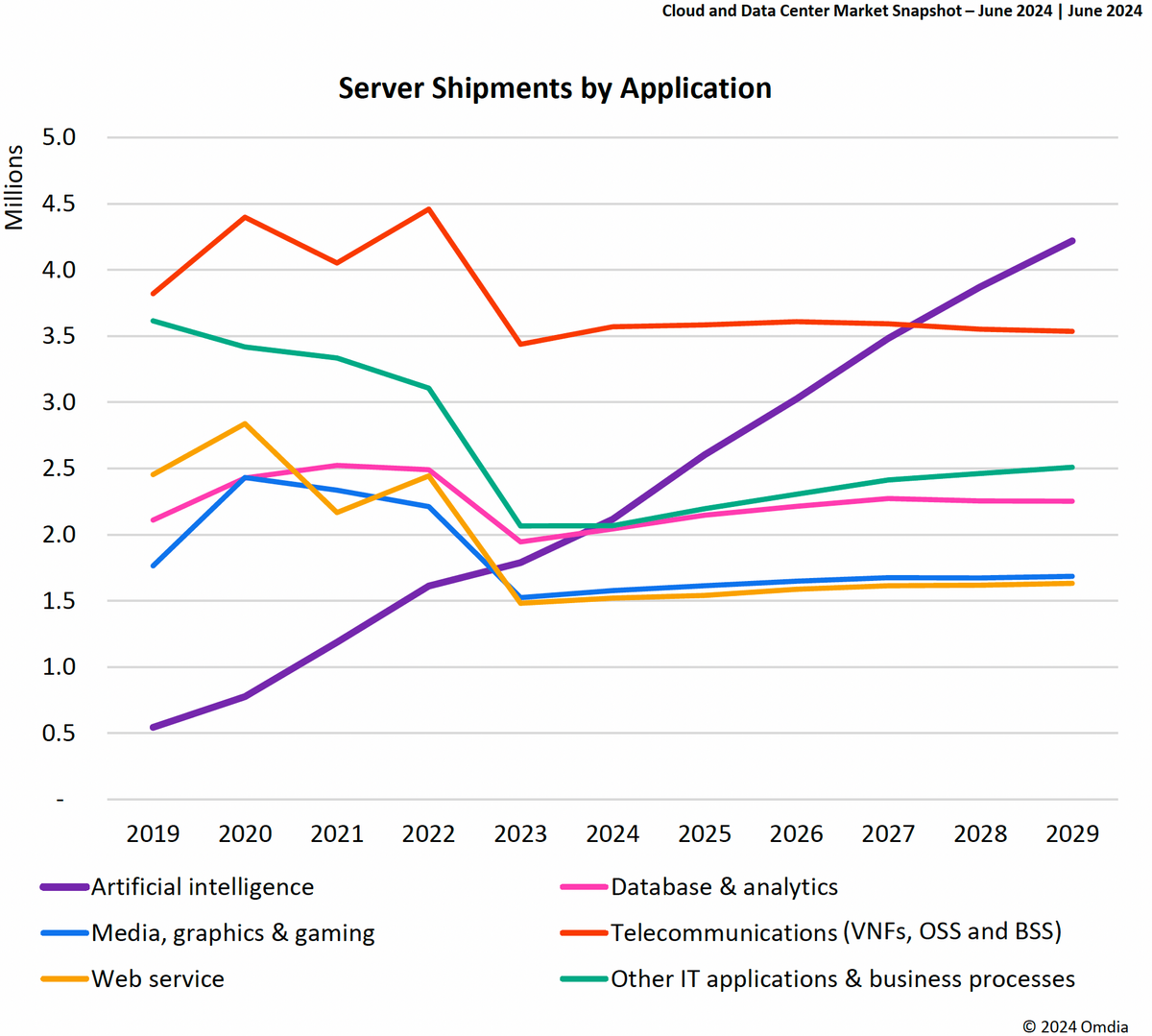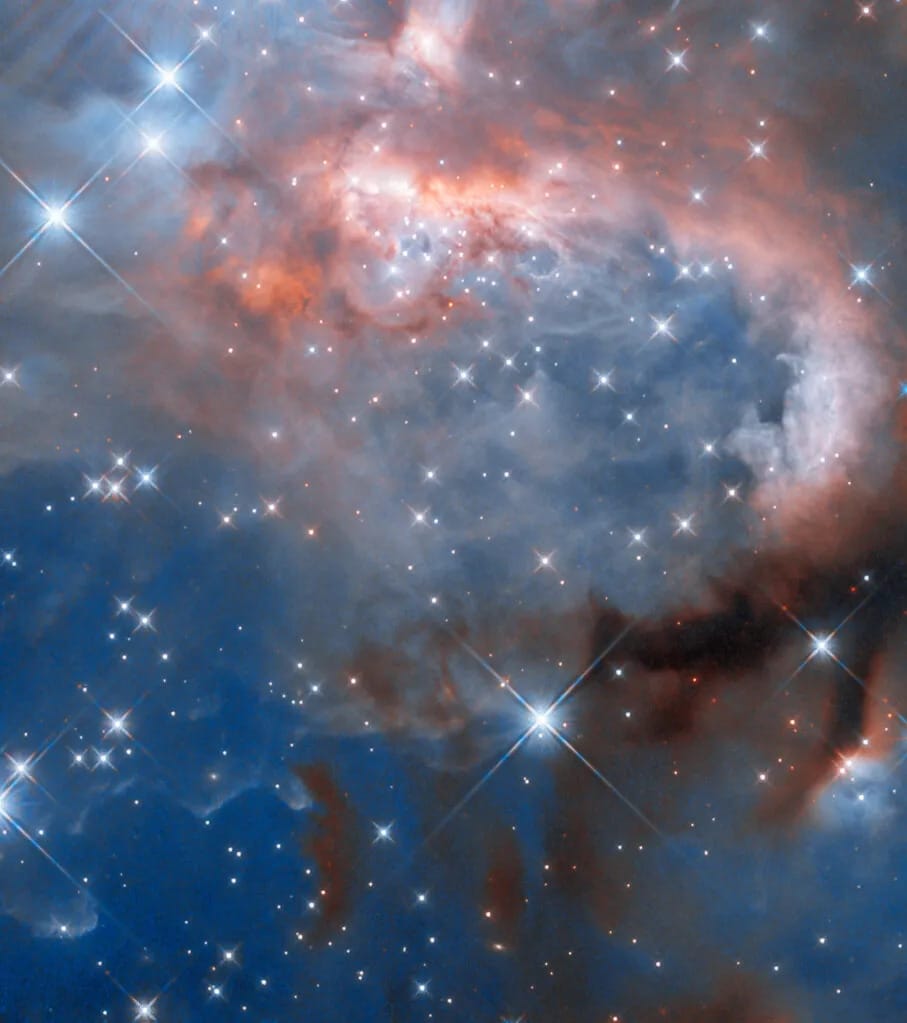Saudi Arabia joins the wrong Blockchain...
by Nicolas T. | Cointribune

mBridge
The Bank for International Settlements (BIS) and the central banks of China, Hong Kong, Thailand, and the United Arab Emirates have been working on the mBridge project for over three years.
It is an international payment system using central bank digital currencies (CBDC). China is the chief architect of this project which could rival the SWIFT network.
At its core is a blockchain enabling instant cross-border payments via so-called atomic payments as well as foreign exchange operations.
The term atomic simply means that, similar to bitcoin, the payments are irreversible. They do not depend on a financial maze that can take several days to confirm a payment. Either the payment is instantaneous, or it does not happen.
The Impact of Quantum Computing on Fintech
by Prerna Mahtani | itmunch.com

The area where quantum computing and financial technology (fintech) meet has become more interesting and speculative over the past few years. The area of quantum computing uses the rules of quantum physics to handle information. It has the potential to change many fields, including banking. This piece details how quantum computing can change banking by looking at its possible uses, benefits, problems, and how things will be in the future.
AI becomes leading server workload as shipments of other servers drop
By Anton Shilov | Tom's Hardware

After shipment volumes of all types of servers peaked in 2020 due to the COVID-19 pandemic and working from home, all categories dropped to normal in the following years. All categories, except AI servers, whose shipments volumes headed to the sky in 2020 and showed no signs of slowing down, at least for now, based on data from Omdia.
🌙 NASA - Best Photo from Last Week
Hubble Captures Infant Stars Transforming a Nebula

This NASA/ESA Hubble Space Telescope image presents a visually striking collection of interstellar gas and dust. Named RCW 7, the nebula is located just over 5,300 light-years from Earth in the constellation Puppis.
Nebulae are areas rich in the raw material needed to form new stars. Under the influence of gravity, parts of these molecular clouds collapse until they coalesce into very young, developing stars, called protostars, which are still surrounded by spinning discs of leftover gas and dust. The protostars forming in RCW 7 are particularly massive, giving off strongly ionizing radiation and fierce stellar winds that transformed the nebula into a H II region.
H II regions are filled with hydrogen ions — H I refers to a normal hydrogen atom, while H II is hydrogen that lost its electron making it an ion. Ultraviolet radiation from the massive protostars excites the hydrogen in the nebula, causing it to emit light that gives this nebula its soft pinkish glow.
The Hubble data in this image came from the study of a particularly massive protostellar binary named IRAS 07299-1651, still in its glowing cocoon of gas in the curling clouds toward the top of the image. To expose this star and its siblings, astronomers used Hubble’s Wide Field Camera 3 in near-infrared light. The massive protostars in this image are brightest in ultraviolet light, but they emit plenty of infrared light too. Infrared light’s longer wavelength lets it pass through much of the gas and dust in the cloud allowing Hubble to capture it. Many of the larger-looking stars in this image are foreground stars that are not part of the nebula. Instead, they sit between the nebula and our solar system.
The creation of an H II region marks the beginning of the end for a molecular cloud like RCW 7. Within only a few million years, radiation and winds from the massive stars will gradually disperse the nebula’s gas — even more so as the most massive stars come to the end of their lives in supernova explosions. New stars in this nebula will incorporate only a fraction of the nebula’s gas, the rest will spread throughout the galaxy to eventually form new molecular clouds.


Disclaimer: None of the content in this newsletter is meant to be financial advice. Please do your own due diligence before taking any action related to content within this article.
Disclaimer: Unbound is reader-supported. When you buy through links on our site, we may earn an affiliate commission.






